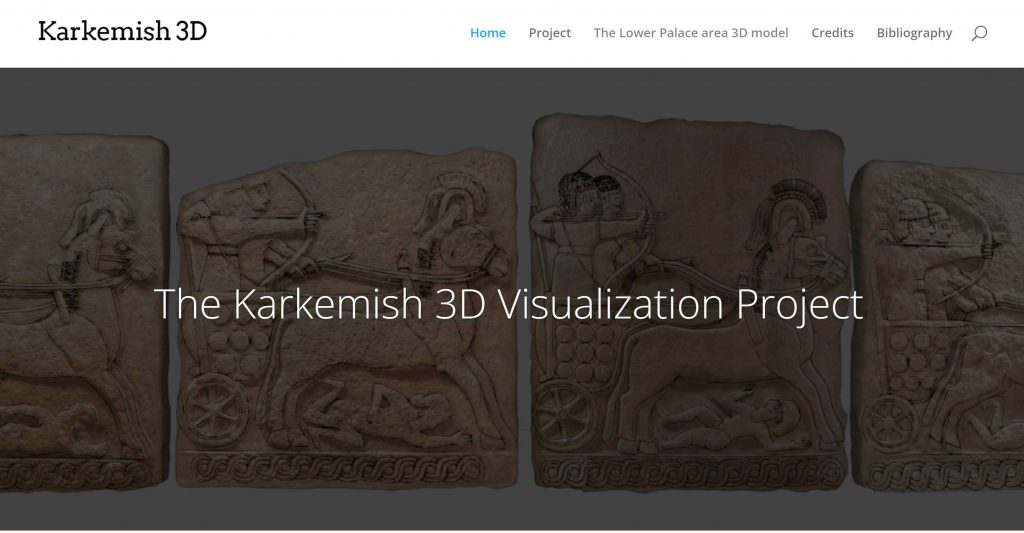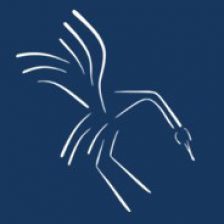From Nicolò Marchetti
The Karkemish 3D Visualization Project website is online, allowing for a virtual exploration of ancient architecture through different levels of information.

The project is based on the principle that the digital revolution is
about limitless sharing, the defining feature of Open Science.
Scientific accuracy is the necessary characteristic of this project:
it is both a tool for scientific study as well as a means of public
dissemination for complex historical and cultural contents. Since
2011, the Turco-Italian Archaeological Expedition at Karkemish by the
Universities of Bologna, Gaziantep and Istanbul acquires and produces
3D models for documentation and study purposes of archaeological
materials and contexts. The Karkemish 3D Visualization Project aims at
virtually recreating in a 3D environment (based on Unreal Engine 4
incorporating the photogrammetric models) both monuments and
materials. By launching the application (which exploits the computing
power of your own device in order not to create delays on the server)
you will be able to walk around the Lower Palace Area model, turning
on and off the decorated orthostat models with the possibility to
inspect them for more information and visual details about that
particular artifact, adding also the reconstructions of the building
in which they were set; or just to explore in a dedicated environment
each of the decorated slabs filed in our database (which will be
expanded in the near future).
The Karkemish 3D Visualization Project is directed by Nicolò Marchetti
of the Alma Mater Studiorum-University of Bologna. The basis of the 3D
model is the photogrammetric survey – carried out by Giampaolo Luglio
between 2012 and 2016 – of the renewed excavations at the site and of
the sculpted Iron Age orthostats kept in the Anatolian Civilizations
Museum, Ankara. Jacopo Monastero created the integrated 3D model
adding also his interpretations of the elevations and the tables with
the data concerning the orthostats; he also created the web visualizer
through libraries developed in Unreal Engine. To navigate the model
use the following commands.
To turn your visual, move mouse holding left or right button. Move
with Up, Down, Left, Right arrows and with W, S, A, D keys; jump with
“space”. Press the “I” key while the orthostat is in the center of the
screen (red cross) to access its database entry (and “I” again to
exit). Press “E” to enter the main menu.
We gratefully acknowledge the CRANE 2.0 project for having provided
the server on which our 3D model is running and support for Jacopo
Monastero’s research on Unreal Engine applications. The Directorate
General for Cultural Heritage and Museums, Ankara is gratefully
acknowledged as well for its unfailing support both towards our field
and museum work.
The website has been conceived by Nicolò Marchetti as Scientific
Editor, with Jacopo Monastero as Web Engineer and 3D Architect,
Silvano Bertossa as Webmaster and Valentina Orrù as Web designer.
